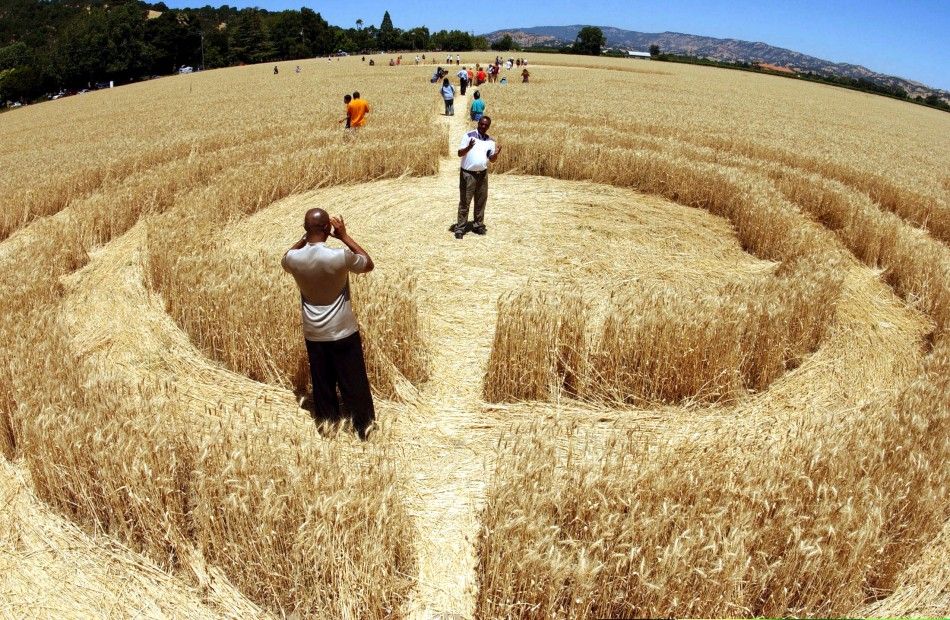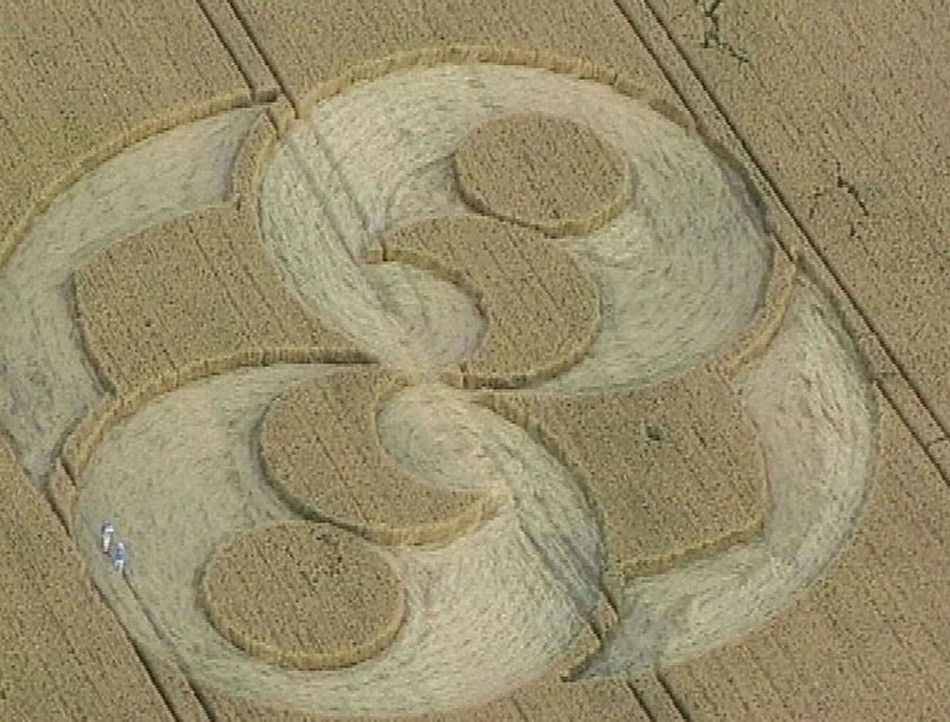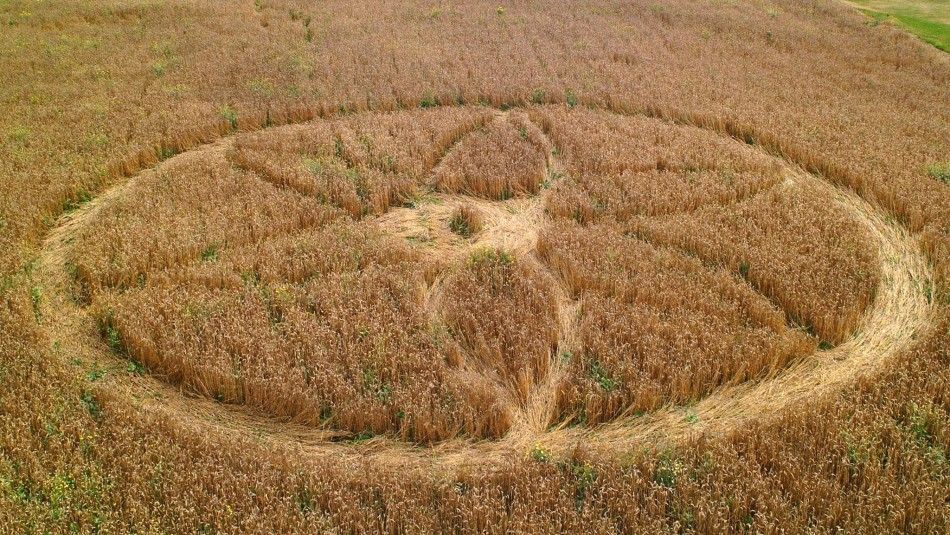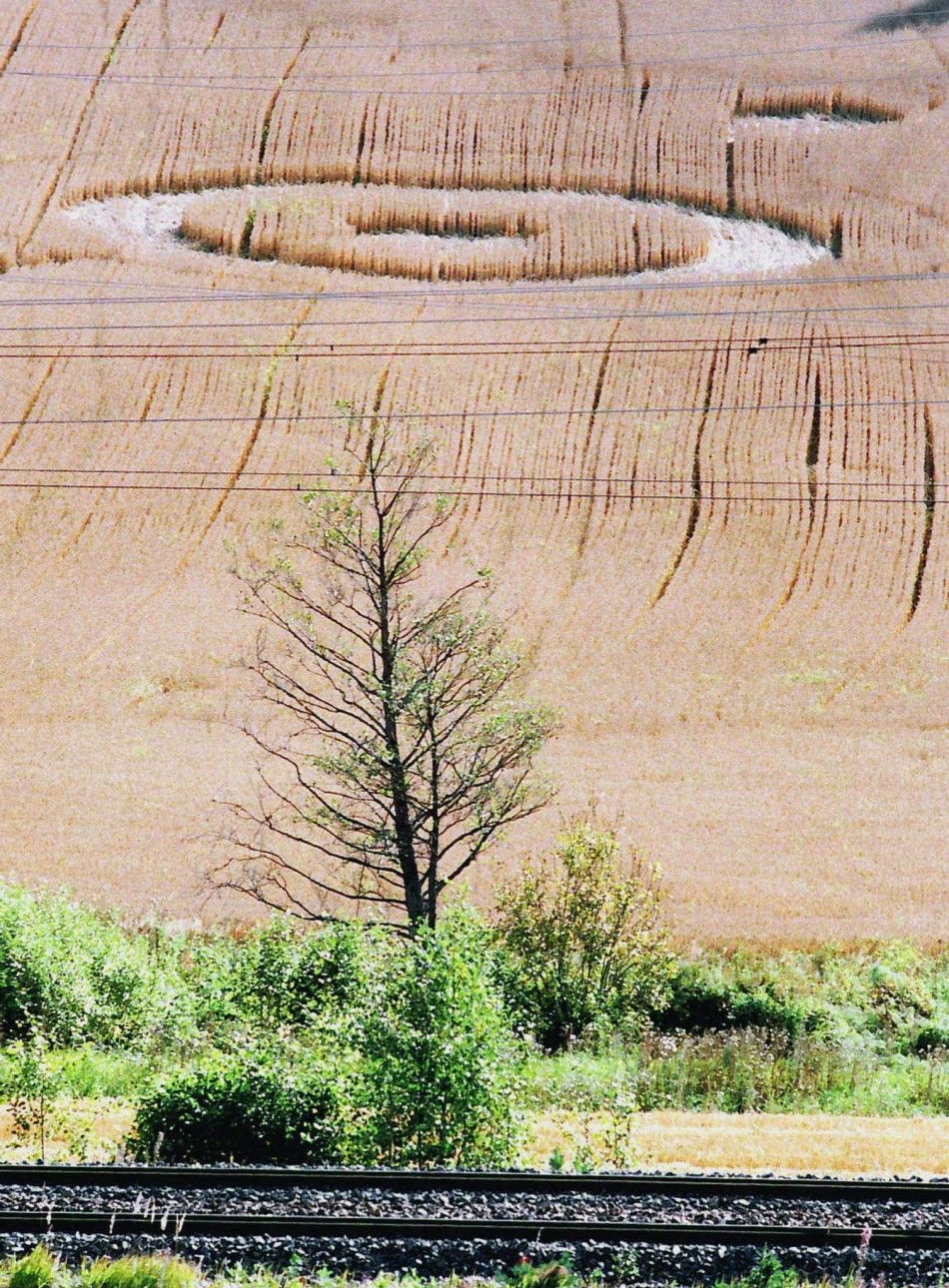Physics, GPS and Microwaves May Answer Crop Circle Mystery [PHOTOS]
Those sophisticated and perfect-looking crop circles that mysteriously pop up in famer's fields may not be the work of UFOs but physics, according to an Oregon physicist.
Richard Taylor, director of the Materials Science Institute at the University of Oregon, believes that physics could be the secret behind the work of crop circle artists.
Taylor believes that crop circle artists are possibly using the Global Positioning System, or GPS, along with lasers and microwaves to create their patterns, instead of the rope, planks of wood and bar stools that have traditionally been used.
Taylor also suggests that microwaves could be used to make crop stalks fall over and cool in a horizontal position - a technique that could explain why the artists are so speedy and efficient. That technical could also account for the incredible detail that some crop circles exhibit, according to a press release on the subject.
Taylor discusses the subject in great details in this month's edition of Physics World.
As the global phenomenon grows in conjunction with advances in science and technology, Taylor sees that physics and the arts are coupling to produce more extraordinary crop-circle patterns that still manage to maintain their mystery.
Crop circles designs today are more complex, some featuring up to 2,000 different shapes, according to a press release, and mathematical analysis has revealed the use of constructions lines, invisible to the eye, that are used to design the patterns.
One research team has claimed to reproduce the intricate damage on crops using a handheld magnetron, readily available from microwave ovens, and a 12-volt battery.
"Crop-circle artists are not going to give up their secrets easily," Taylor stated in a press release. "This summer, unknown artists will venture into the countryside close to your homes and carry out their craft, safe in the knowledge that they are continuing the legacy of the most science-oriented art movement in history."




© Copyright IBTimes 2024. All rights reserved.






















